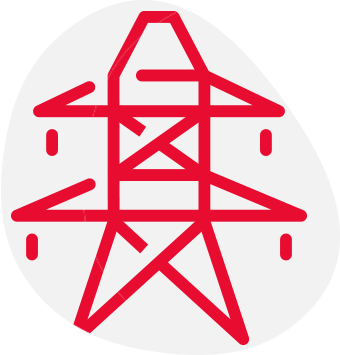
High risk construction work:
A tunnel is an underground passage or opening that is:
A confined space means an enclosed or partially enclosed
Asbestos use has been prohibited since
Safe design means the integration of contro
PPE is importa
This Decision regulation impact statement (Decision RIS) provides an impact analysis of the regulatory and non-regulatory options to manage the risks of respirable crystalline silica at work.
Working at heights is a high risk activity and a leading cause of death and serious injury in Australia.
As a person conducting a business or undertaking, you must eliminate the risk of a fall. If elimination isn’t possible, you must provide adequate protection.
This report investigates whether a short term exposure limit (STEL) should be implemented to complement the workplace exposure standard (WES) of 0.05 mg/m3 for respirable crystalline silica.
This report investigates the challenges of measuring airborne concentrations of respirable crystalline silica in Australian workplaces at and below 0.02 mg/m3.
An industrial rope access system is a work positioning system used for gaining access to, and working at, a workface, usually through vertically suspended ropes.
The guide provides information on managing the risks associated with industrial rope access systems, including:
This page provides checklists, information sheets and case studies on occupational respiratory diseases for the construction industry.
Use this guide if you manage diesel exhaust exposures at the workplace.
Exposure to diesel exhaust can cause eye, nose, throat and lung irritation, and suffocation. Long-term exposure can:
This guide helps doctors monitor the health of workers exposed to isocyanates.
Isocyanates are a group of highly reactive, organic compounds of the formula R-N=C=O.
Sam Hamilton, Director Occupational Diseases and Hygiene Policy presenting to the Australasian University Safety Association.
Occupational lung diseases are work-related lung conditions of the respiratory system.
Sam Hamilton, Director Occupational Diseases and Hygiene Policy presenting to the Australasian University Safety Association.
Video Summary:
Sam Hamilton, Director Occupational Diseases and Hygiene Policy presenting to the Australasian University Safety Association.
Silica is silicon dioxide, a naturally occurring and widely abundant mineral that forms the major component of most rocks and soils. Crystalline silica dust particles can penetrate deep into the lungs and cause illness and disease.
Developed to provide laboratories and analysts with a consistent methodology for the sampling and analysis of airborne asbestos fibres in workplaces.
This fact sheet provides information about managing the risks with falling objects at the workplace.
This guide provides practical information to persons conducting a business or undertaking and others on how to manage the risks of working with EWPs.
Concrete pumping can pose many serious health and safety risks. This guide provides practical information to persons conducting a business or undertaking and others on how to manage the risks of concrete pumping.
An information sheet about Chronic Obstructive Pulmonary Disease including the symptoms, causes and risk factors as well as information for persons conducting a business on undertaking on how to manage these risks at work.
An information sheet about asbestosis and mesothelioma including the symptoms, causes and risk factors as well as information for persons conducting a business on undertaking on how to manage these risks at work.
An information sheet about silicosis including the symptoms, causes and risk factors as well as information for persons conducting a business on undertaking on how to manage these risks at work.
Use this guide if you manage risks to workers exposed to diesel exhaust at the workplace, including:
drive-in booth operators
miners
construction workers
oil and gas workers
Watch this video to see what employers in the construction industry must do to manage these risks at work and protect their workers from occupational lung diseases.
Working with elevating work platforms (EWPs) can be dangerous. Identifying hazards with EWPs is the first step in managing risk.
EWPs can cause serious injury. Following your work health and safety (WHS) duties will help you keep workers and other people safe.
Elevating work platforms (EWP) can be dangerous to work with. Operators of some EWPs need to have a high risk work licence.
Working with cranes is high-risk work. Find out the process for managing risks with cranes, including how to do an emergency plan.
If you’re a person conducting a business or undertaking (PCBU), you have a duty to manage risks in the workplace. Identifying hazards in your workplace is the first step in managing risk.
If you’re a person conducting a business or undertaking (PCBU), you must look after your workers’ health and safety.
Concrete pumping is common in the construction industry. There are multiple ways to pump concrete – all require skills and training. If you operate concrete placing booms, you need a high risk work licence.